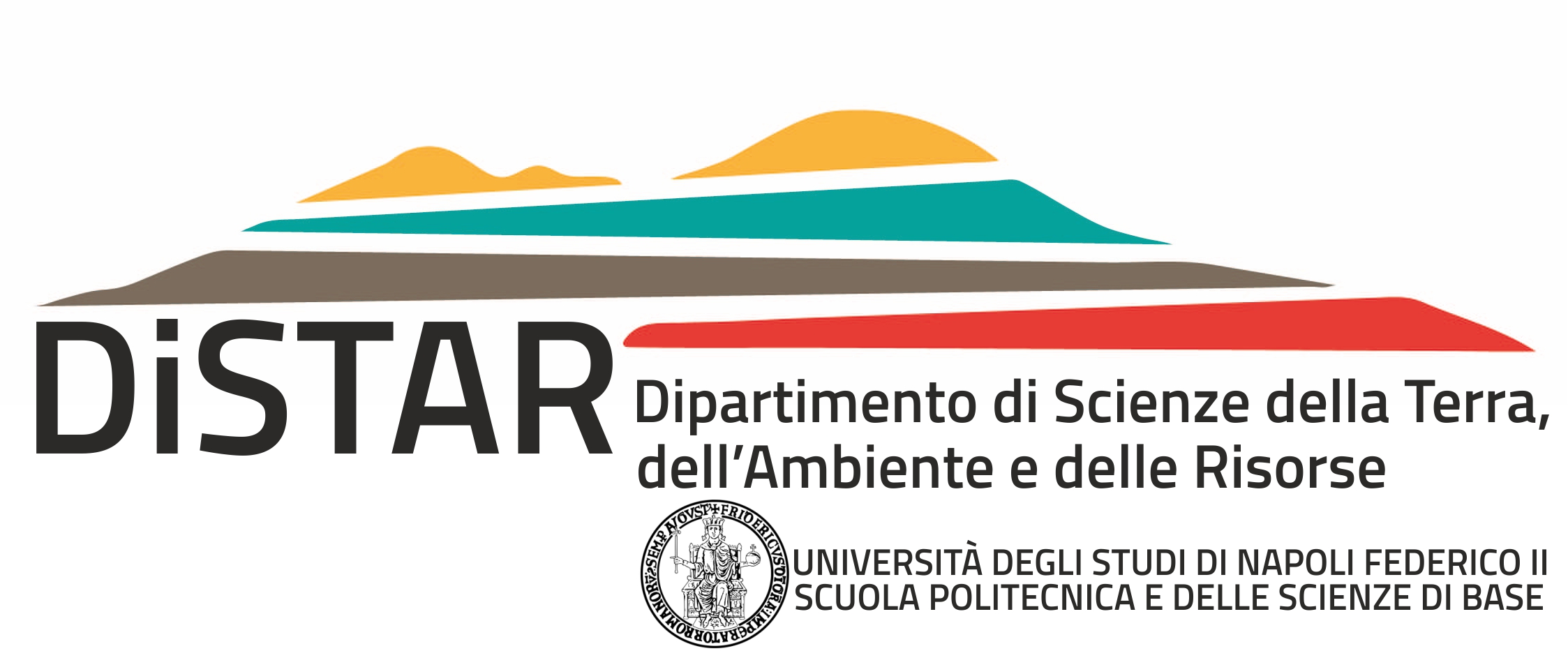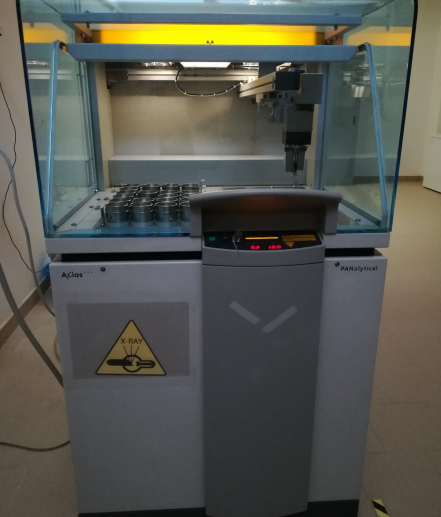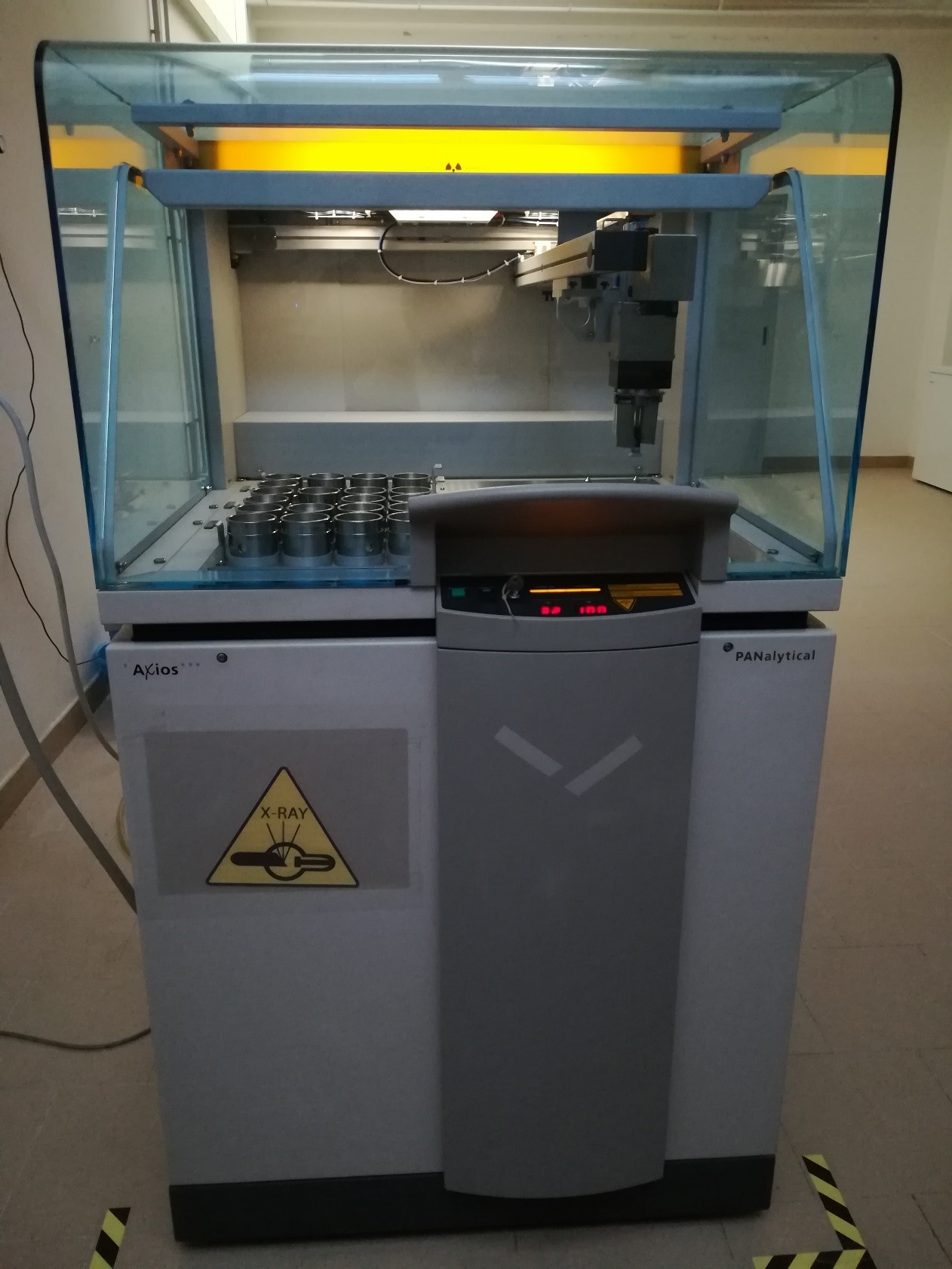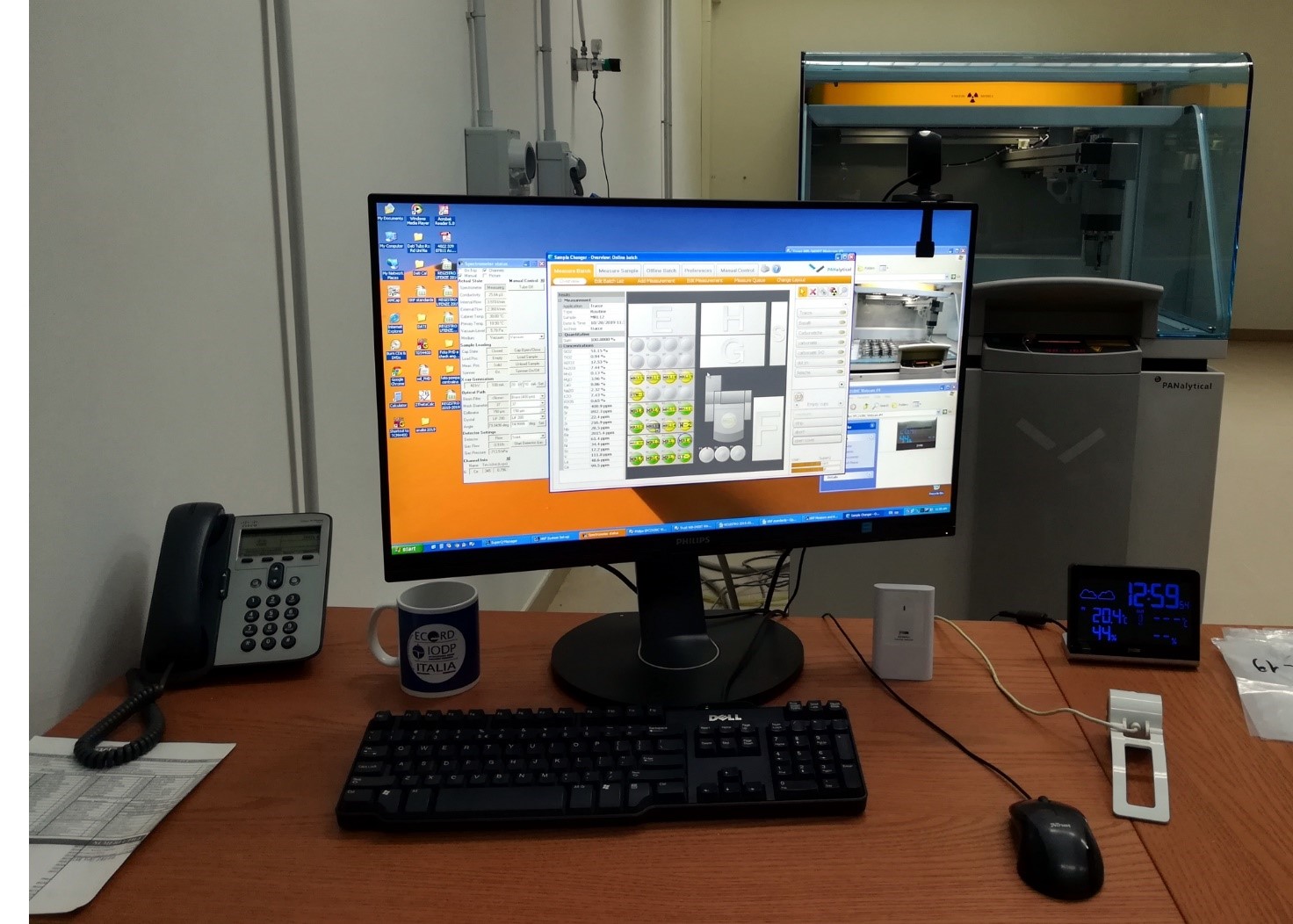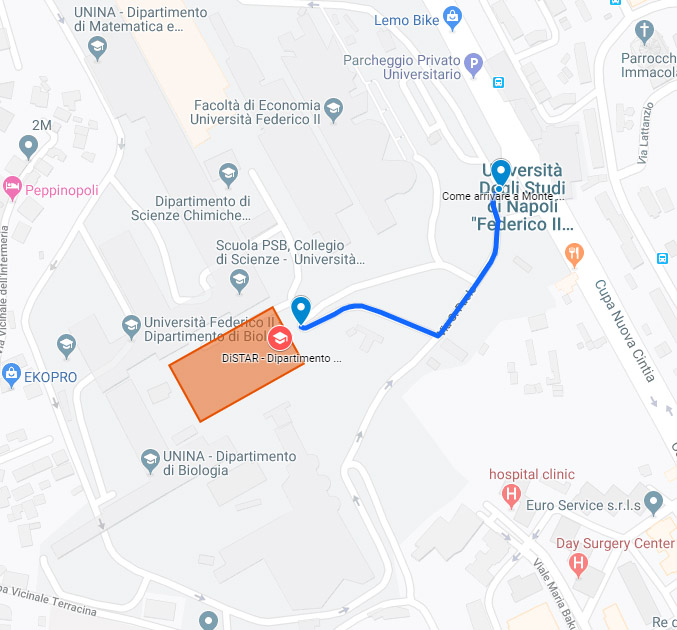| LIST OF LABORATORIES | ||||
| RESPONSIBLE | CO - RESPONSIBLE | UBICAZIONE | ||
| AAS-ICP/OES | Morra | Monetti | L1 | 4.LAB.56 |
| Deionized water | Monetti | Monetti | L1 | 4.LAB.54 |
| Clean Room | D’Antonio | Di Renzo | L1 | 4.LAB.47/48 |
| Geomaterial characterization | Colella | Di Benedetto | L2 | T.LAB.03 |
| Fine Chemistry 1 | Parente | Mondillo | L1 | 4.LAB.77 |
| Fine Chemistry 2 | Balassone | Francese | L1 | 4.LAB.59 |
| Chemistry 1 | Aiello | Monetti | L3 | 3.LAB.31 |
| Chemistry 2 | Di Donato | Monetti | L3 | 3.LAB.08 |
| Ovens and Muffle furnaces | De Bonis | Colella | L2 | T.LAB.04 |
| FT-IR | Izzo | Francese | L1 | 4.LAB.57 |
| Environmental Geochemistry | Albanese | Albanese | L3 | 3.LAB.10 |
| Applied Geophysics 1 | Di Maio | La Manna | L3 | 3.LAB.07 |
| Applied Geophysics 2 | Fedi | Paoletti | L2 | T.LAB.18 |
| Applied Geology and Geotechnics | De Vita | Di Clemente | L2 | T.LAB.13 |
| ICP-OES | Morra | Monetti | L1 | 4.LAB.55 |
| Fluid and melt inclusions | Rossi | Lima | L3 | 3.LAB.05 |
| Meteorological Observatory | Scafetta | Viola | San Marcellino | |
| Optical Microscopy 1 | Fedele | Guarino | L1 | 4.LAB.60 |
| Optical Microscopy 2 | Barra | Monetti | L1 | 4.LAB.58 |
| Microscopy of sediments (Optical 3) | Iannace | Parente | L3 | 1.LAB.15 |
| Sample preparation | Franciosi | Francese | L1 | 4.LAB.46 |
| SEM | Petrosino | De Gennaro | L2 | T.LAB.06 |
| Thin sections | Vitale | Bravi | L2 | T.LAB.15 |
| Mass Spectrometry | D’Antonio | Di Renzo | L1 | 4.LAB.52 |
| Rock cutting and grinding | Franciosi | Bravi | L2 | T.LAB.16 |
| Chemical treatment of sediments | Russo Ermolli | Russo Ermolli | L3 | 3.LAB.29 |
| Experimental Volcanology | Petrosino | Petrosino | L3 | 3.LAB.21 |
| Virtual MODEling Laboratory | Repola | |||
| XRD | Cappelletti | Monetti | L2 | T.LAB.05 |
| XRF | Cucciniello | Fedele | L2 | T.LAB.07 |
Via Vicinale Cupa Cintia 21
